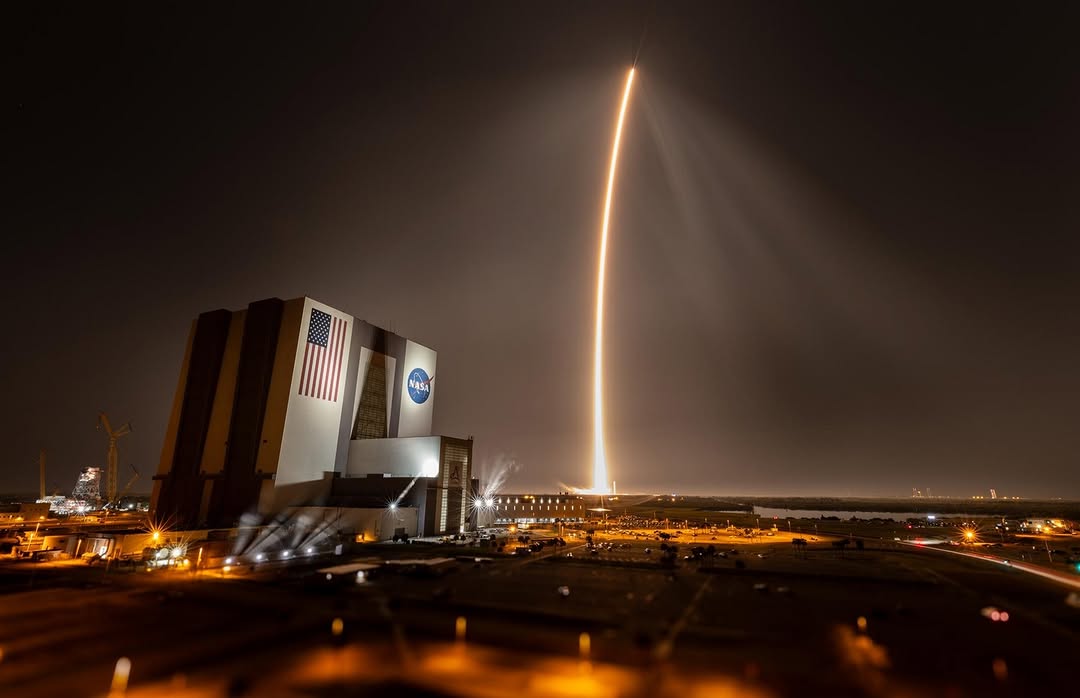NASA has announced an ambitious plan to return humans to the Moon in February 2026, marking a significant milestone in lunar exploration. This mission aims to build on the legacy of the Apollo program while paving the way for future exploration of Mars and beyond.
Mission Objectives
- Artemis Program: This upcoming mission is part of NASA’s Artemis program, which aims to land “the first woman and the next man” on the lunar surface. The primary goal is to establish a sustainable human presence on the Moon by the end of the decade.
- Scientific Research: The mission will focus on conducting scientific experiments, exploring the lunar surface, and studying the Moon’s resources, including water ice in permanently shadowed regions.
- Technology Development: NASA plans to test new technologies that will be crucial for future deep-space missions, including those to Mars. This includes advancements in life support systems, habitat construction, and lunar resource utilization.
Mission Timeline
- Launch Preparations: In the lead-up to the February 2026 launch, NASA will conduct extensive testing of the Space Launch System (SLS) rocket and the Orion spacecraft, which will carry astronauts to the Moon.
- Crew Selection: NASA is expected to announce the crew for this mission well in advance, selecting astronauts with diverse backgrounds and expertise to carry out the mission’s objectives.
- Lunar Landings: The mission will include a lunar lander that will transport astronauts from lunar orbit to the surface, allowing for exploration of key scientific sites.
Challenges Ahead
While the mission is exciting, it faces several challenges:
- Funding and Resources: Ensuring adequate funding and resources for the Artemis program is crucial for meeting the timeline and mission objectives.
- Technological Hurdles: Developing reliable technology for the lunar lander, habitats, and life support systems will be essential for crew safety and mission success.
- International Collaboration: NASA aims to engage international partners and commercial space companies, fostering collaboration to achieve shared goals in lunar exploration.
NASA’s planned return to the Moon in February 2026 represents a pivotal moment in space exploration. By combining scientific research, technological innovation, and international collaboration, this mission aims to not only enhance our understanding of the Moon but also lay the groundwork for humanity’s future in deep space. As preparations continue, the world eagerly awaits the next chapter in lunar exploration.




